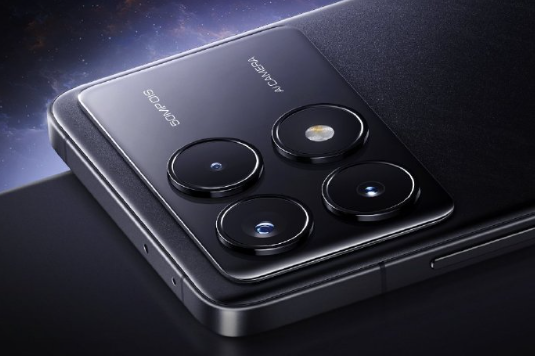Redmi not only officially released the Dimensity 8300 but also introduced the Dimensity 8300 Ultra, a highly customized version based on the Dimensity 8300 platform. Alongside this, they launched a new flagship, the Redmi K70E, powered by the Furious Engine 3.0. The Dimensity 8300 Ultra boasts even better performance compared to its predecessor.
Redmi and MediaTek collaborated deeply to define the Dimensity 8300 Ultra as an AI flagship chip. It inherits many features from the Dimensity 9000 series and undergoes enhancements for improved AI capabilities, specifically in generative AI. The Redmi K70E, featuring the Dimensity 8300 Ultra, was obtained in advance for testing its performance and gaming capabilities.
Let’s delve into the phone’s performance: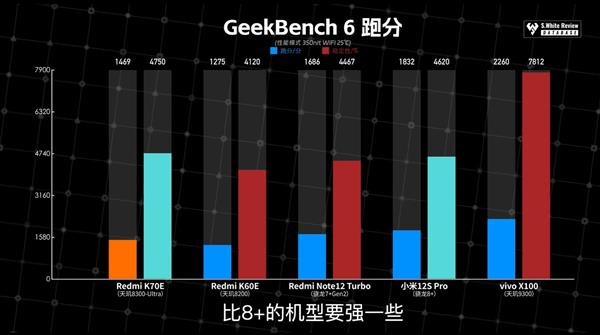
The Dimensity 8300 Ultra, with its eight-core processor design (1xA715 3.35GHz + 3×A715 3.2GHz + 4×A510 2.2GHz), demonstrates a 20% increase in peak performance and a 30% reduction in power consumption compared to the previous generation CPU. The GPU, Mali G615 MC6, exhibits a 60% peak performance increase and a 55% power consumption saving.
Additionally, the ISP and APU of the Dimensity 8300 Ultra adopt the same generation architecture as the Dimensity 9300, supporting LPDDR5X memory, first-level UFS 4.0 flash memory, and MCQ multi-circular queue technology for enhanced data communication.
After actual testing, the Redmi K70E achieved an impressive AnTuTu comprehensive test score of 1,472,469 points.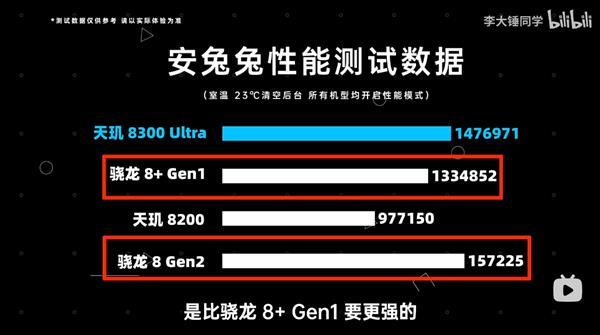
In CPU performance, the GeekBench 6.2 test showcased a single-core score of 1402 and a multi-core score of 4418 for the Redmi K70E.
For GPU performance, using 3DMark for testing, Wild Life Extreme scored 3039 points. GFXBench tested Aztec Ruins 1140P Vulkan, achieving a frame rate of 56fps, and the 1080P Manhattan off-screen frame rate was 284fps.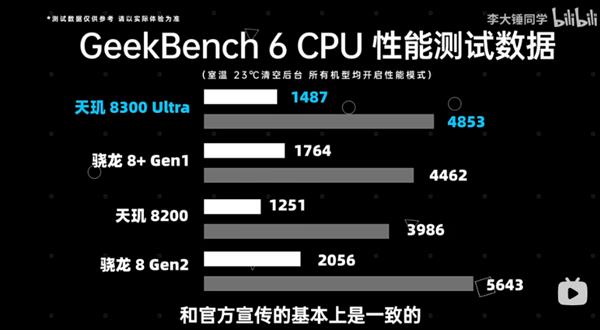
The gaming experience on the Redmi K70E, with its excellent performance, is further enhanced by the Furious Engine 3.0. This engine supports AI-integrated frequency modulation, AI thread coloring, and AI real-time frame stabilization.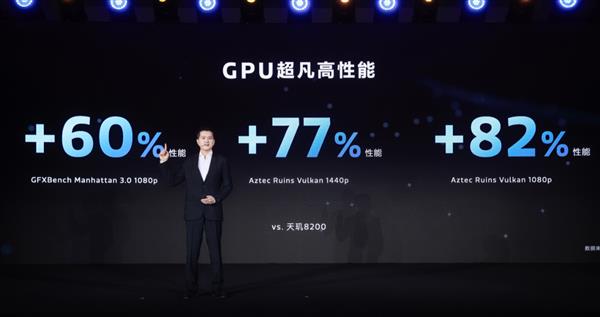
- AI-integrated frequency modulation provides precise adjustment of CPU frequency points, covering GPU and DDR for overall performance control.
- AI thread coloring improves the priority of the VIP process, optimizing and controlling processes and resources to ensure smoothness.
- AI real-time frame stabilization, based on frame-by-frame optimization, adds frame prediction capabilities, reducing frame drops and consuming less power.
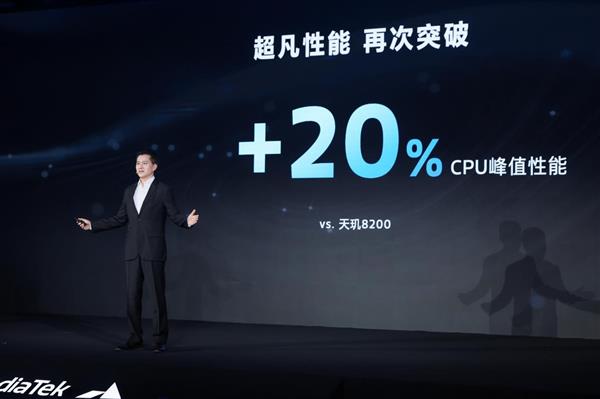
Testing three games – “Honor of Kings,” “Genshin Impact,” and “Honkai Impact: Star Rail” – revealed high frame rates and stable performance on the Redmi K70E.
Powered by Xiaomi ThePaper OS, the Redmi K70E system exhibits excellent fluency. The interface animations are smooth, offering a hands-on control experience. The system also incorporates rich AI functions, such as the Xiao Ai Big Model, enhancing content creation and providing an engaging experience.
Read Also: Mediatek Dimensity 8300 GPU run points exposure, comparable to Qualcomm Snapdragon 8 Gen 2










